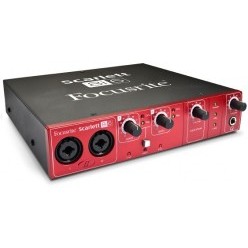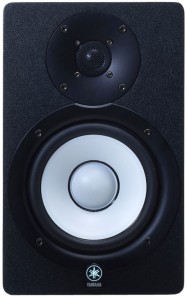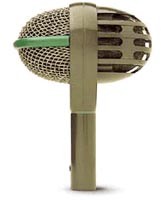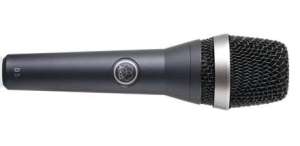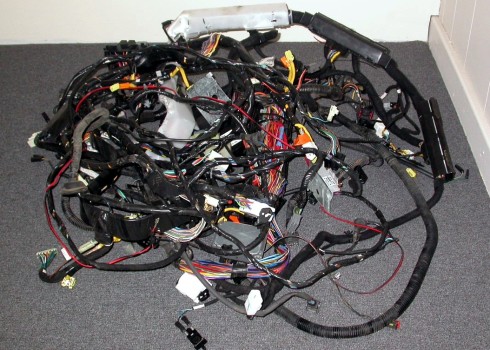Audio Interface
According to wiki audio an audio interface has the following definition:
An audio interface is a device that provides audio input and output capabilities to a computer. Audio interfaces may include features such as internal/external clocking ,analog or digital i/o, built in effects, and additional expansion slots for further upgrades.
In simple terms an audio interface is a device that handles all audio input and output for a computer. In the early days, an audio interface was there to handle simple sounds, as computers and their capabilities grew, so did the demands on audio interfaces. As electronic music has progressed different types of audio interface have been designed built and sold to meet the new demands.
Audio Interface Connectivity
There are a number of ways to connect an audio interface to a computer or digital audio workstation. Perhaps the most popular are USB and Firewire. USB or universal serial bus is an industry standard connector and communication protocol that was designed to create a common connector between computer peripherals and external hardware. It is found on nearly all modern computers, it is estimated there are over 6 billion USB ports in the world, however it is limited by its rate of data transfer and this can equal limitations on the number of audio channels. Firewire is a moniker given by Apple to the IEEE 1394 interface. This interface was designed for higher speed communication between external accessories and so is ideal for an audio interface. Firewire interfaces are faster and more reliable than USB interfaces and therefore have less latency which is ideal if you want professional results.
